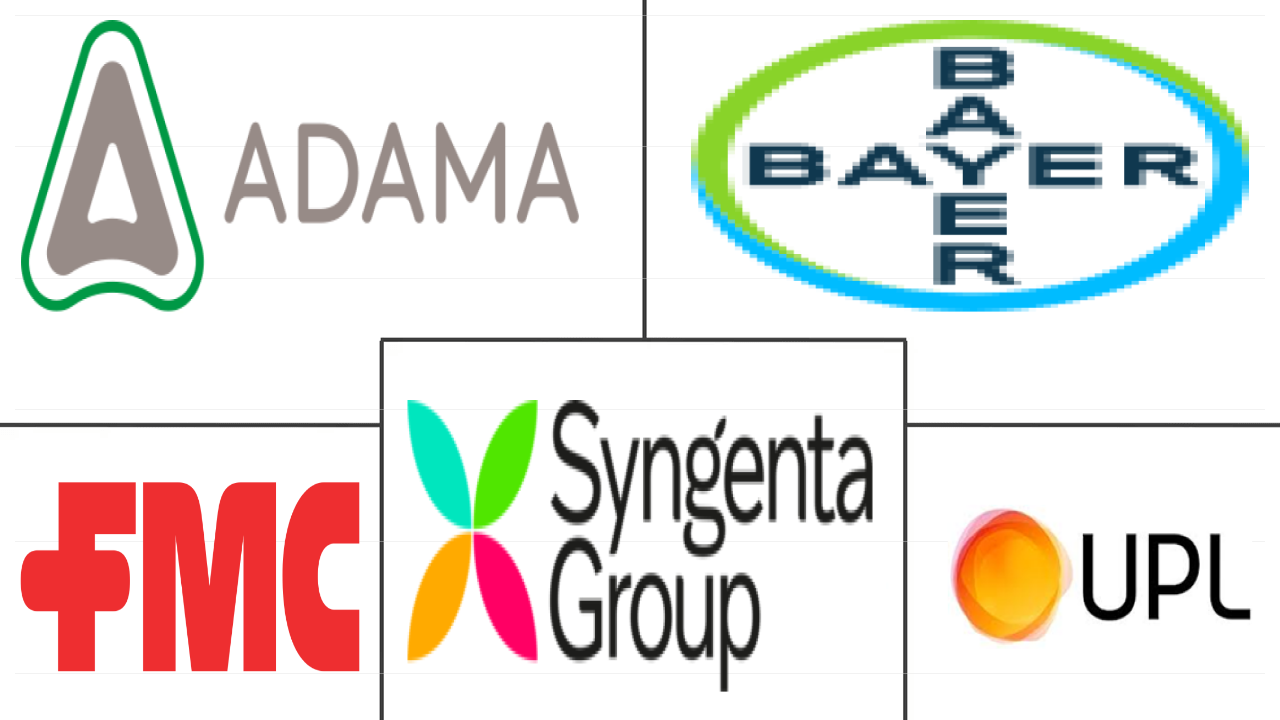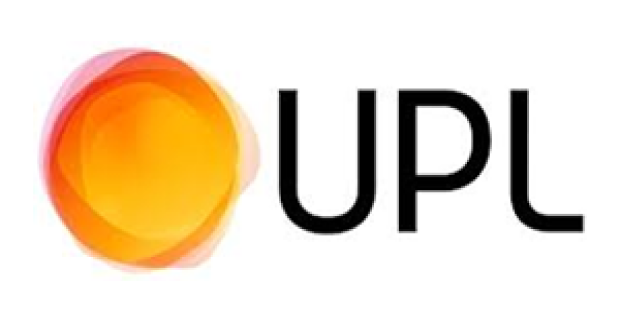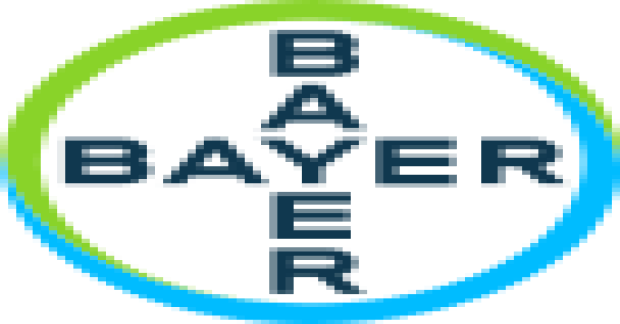Market Size of indonesia insecticide Industry
| Icons | Lable | Value |
|---|---|---|
|
|
Study Period | 2017 - 2029 |
|
|
Market Size (2024) | USD 116.21 Million |
|
|
Market Size (2029) | USD 138.66 Million |
|
|
Largest Share by Application Mode | Foliar |
|
|
CAGR (2024 - 2029) | 3.60 % |
|
|
Fastest Growing by Application Mode | Seed Treatment |
Major Players |
||

|
||
|
*Disclaimer: Major Players sorted in no particular order |
Indonesia Insecticide Market Analysis
The Indonesia Insecticide Market size is estimated at 116.21 million USD in 2024, and is expected to reach 138.66 million USD by 2029, growing at a CAGR of 3.60% during the forecast period (2024-2029).
116.21 Million
Market Size in 2024 (USD)
138.66 Million
Market Size in 2029 (USD)
10.20 %
CAGR (2017-2023)
3.60 %
CAGR (2024-2029)
Largest Segment by Application Mode
58.16 %
value share, Foliar, 2023
Foliar application gained much popularity owing to factors such as its effectiveness in controlling the target pests, flexibility in application, and lesser dosage rates.
Largest Segment by Crop Type
46.52 %
value share, Pulses & Oilseeds, 2023
Soybeans, peanuts, mung beans, red beans, lentils, rapeseed, canola, and sesame seeds are some of the predominant pulses and oilseeds cultivated in the country.
Fastest-Growing Segment by Crop Type
3.76 %
Projected CAGR, Pulses & Oilseeds, 2024-2029
Insecticides are used to control pests such as aphids, mites, caterpillars, and weevils that can cause significant damage to the yields of pulses and oilseed crops.
Leading Market Player 1
21.80 %
market share, UPL Limited, 2022

UPL entered into a long-term agreement with FMC under which FMC grants access to its insecticide active ingredient (rysynazypyr) for use in UPL's product formulations.
Leading Market Player 2
15.17 %
market share, Bayer AG, 2022

Bayer partnered with Oerth Bio with the aim of developing next-generation crop protection products based on Oerth Bio's innovative protein degradation technology.
Targeted pest controlling and reduction in application rates reduce the production cost, which will drive the foliar application mode of the insecticide market
- The foliar mode of insecticide application has gained popularity due to its effectiveness in controlling target pests and lower dosage rates. The foliar method of insecticide application accounted for the highest share of 58.1% in 2022, with a market value of USD 63.5 million in the same year.
- The widespread adoption of the foliar application method of insecticides stems from its ability to safeguard food crops, notably rice, which serves as a staple for most Indonesians, by effectively combating the menace of pests.
- Insecticide seed treatment is gaining importance in Indonesia as it can manage pests in seeds and young seedlings, protecting seed and soil-borne insect pests. Treating seeds with insecticides effectively prevents or reduces the harmful impacts caused by these organisms in the initial stage of crop growth, resulting in enhanced crop establishment and overall health. As of 2022, this method accounted for 16.7% of the market value, approximately USD 18.2 million.
- Severe yield losses of up to 30% of oil palm crops in Indonesia are attributed to stem weevils and white grubs. These insect pests can be controlled by performing soil treatment using insecticides like imidacloprid, thiamethoxam, carbaryl, and bifenthrin. Thus, the soil treatment application mode is expected to register a CAGR of 3.4% during the forecast period.
- The fumigation segment experienced impressive growth and reached a value of USD 9.2 million in 2022, primarily driven by farmers' growing acceptance of fumigation practices. This surge in popularity can be credited to the effectiveness of fumigation methods, which effectively protect agricultural products from pest-related damages, ultimately elevating their quality and market value.
